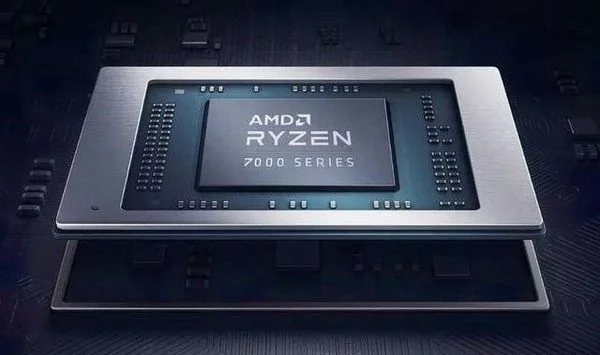
Some time ago, AMD released its 2022 Q1 quarterly financial report, with record revenue again, and also announced the latest circuit diagrams of processors, namely Raphael for enthusiast desktops, Phoenix for thin and light notebooks, and Dragon Range for high-end gaming laptops. Among them, Phoenix and Dragon Range are expected to be launched at CES next year, using Zen 4 architecture and RDNA 3 core display. A few days ago, leaker RedGamingTech revealed the possible SKUs and core counts, clock speeds and iGPU specifications of these processors.
Dragon Range is a model for users who need higher performance. The top Ryzen 9 7980HX will be equipped with 16 cores, the Ryzen 7 7900HX will have 12 cores, and the 8-core Ryzen 7 7800HX and 6 cores The Ryzen 5 7600HX, the acceleration frequency of these chips will be 4.8GHz-5.0+GHz, and the base frequency will be 3.6GHz-4.0GHz. Obviously, this series of processors is to compete with Intel's HX series processors this year. They brought 16-core 24-thread products this year, and the next generation may also have 24-core 32-thread models, which will undoubtedly give AMD a boost. brought a lot of pressure.
The number of cores on the Phoenix side will be less than that of the Dragon Range. It will include the Ryzen 9 7980HS, the Ryzen 9 7900HS, the Ryzen 7 7800HS and the Ryzen 5 7600HS, except that the Ryzen 5 7600HS is equipped with 6 cores and 6CU cores. , other models will be equipped with 8-core CPU and 12CU core display. The main difference between Phoenix's Ryzen 9 and Ryzen 7 is the processor frequency and TDP.
RedGamingTech believes that AMD will provide a frequency of 2.6GHz to 3.0GHz for the core display, and its core display performance will usher in a leap forward again. In addition, in addition to supporting DDR5 and LPDDR5, Phoenix has also reported that it will support LPDDR5X with a speed of 8400MT/s.
Compared with previous years, the pressure this year has indeed come to AMD. The heterogeneous design of the 12th-generation Core, crazy stacking, and rich product lines have given Intel a great advantage in mobile processors. From the exposure point of view, AMD has made a good response, especially in the high-performance model, which is about to touch Intel. However, in Phoenix, the highest is still 8 cores. I think it may be a bit insufficient. The next-generation Core may continue to increase the number of cores, but after all, it will also use the latest architecture and process, and who will win with the next-generation Core. We will have to wait until it comes out next year. Of course, the nuclear display performance of the RDNA 3 architecture is also worth looking forward to.